#fritillary butterfly
Text
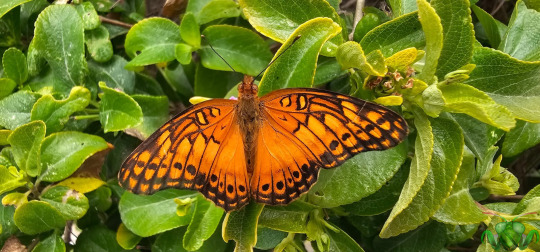
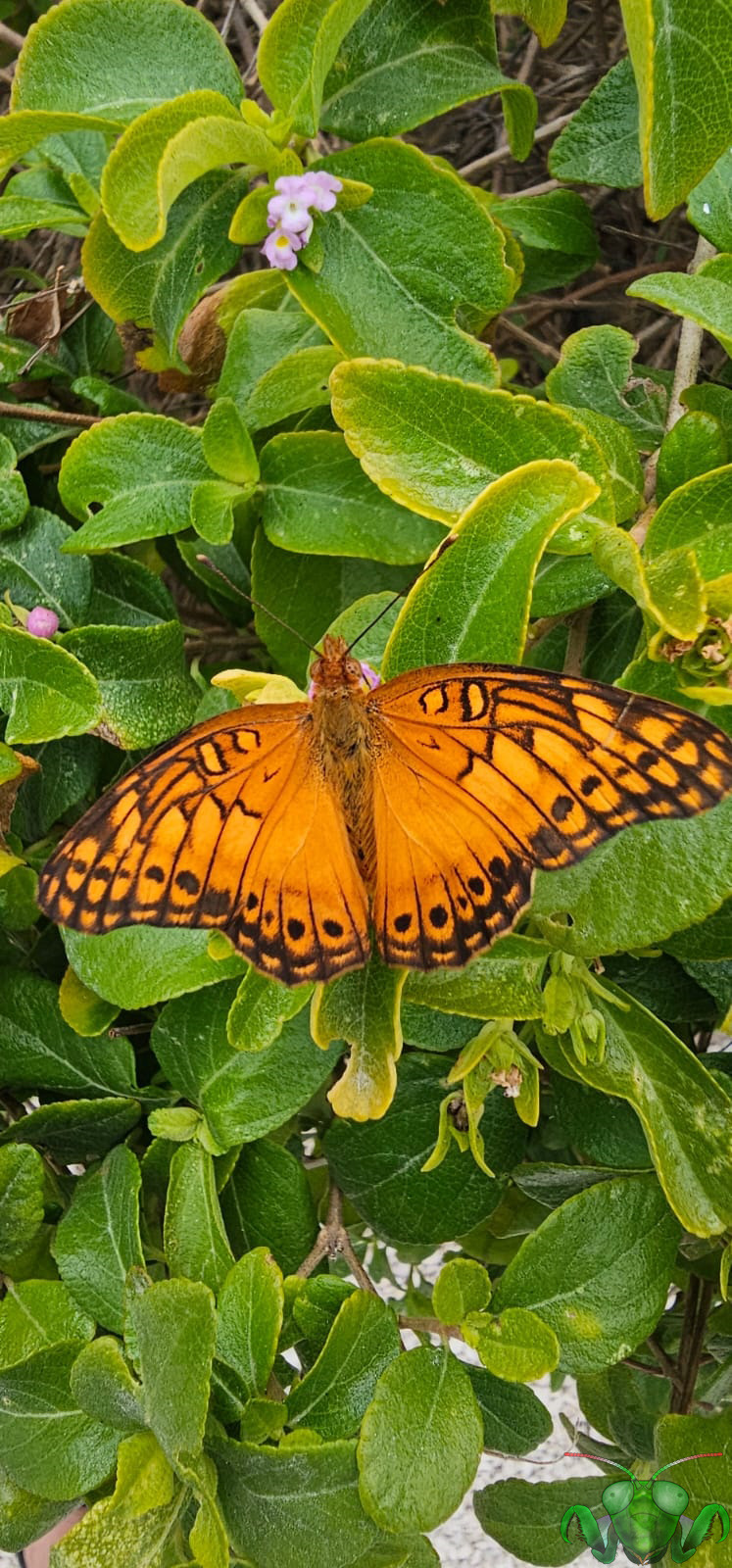
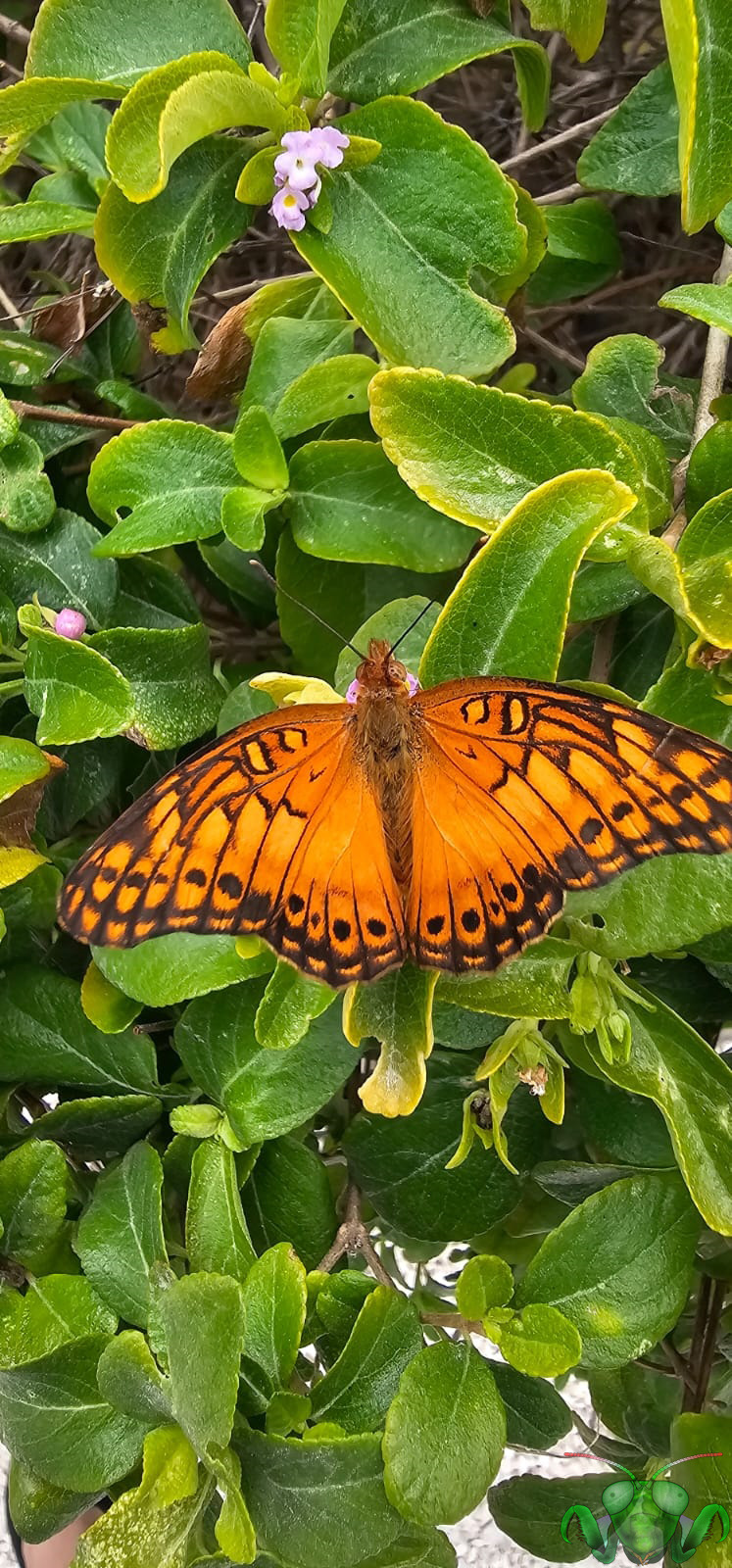
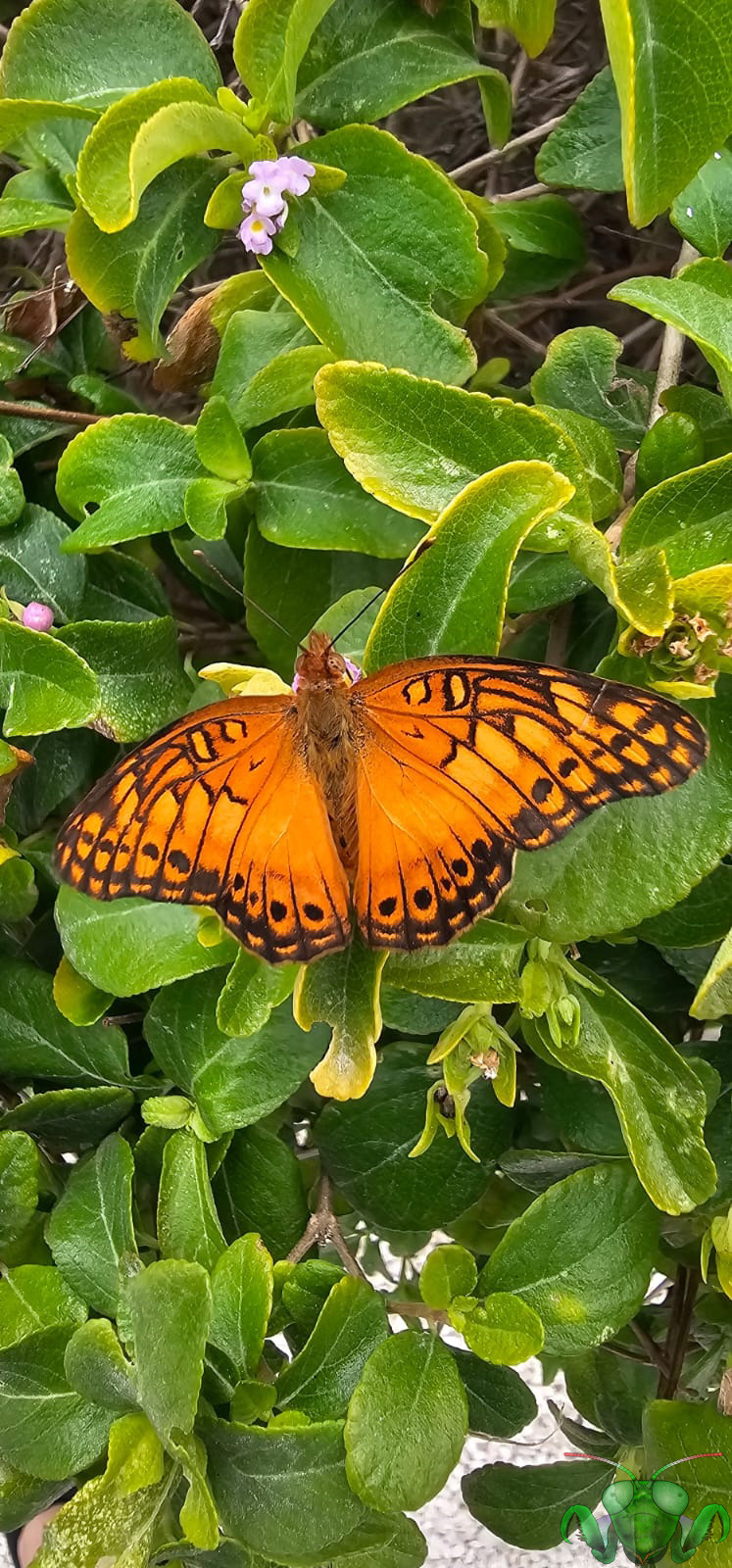
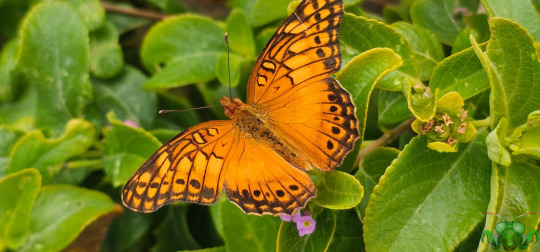

Mexican Fritillary - Euptoieta hegesia
I'm absolutely overjoyed to share these beautiful Butterfly pictures! Not only is the insect in question a real stunner, but these images also represent the first close-ups of the ornate and elegant Fritillary Butterflies (Tribe Argynnini) on this blog. In general and from my own experience, Fritillaries are incredibly quick to flee if they sense danger approaching! They only ever seem to land when they investigate flowers, but otherwise keep their distance. In fact, the genus "Euptoieta" name originates from a Greek word meaning 'easily scared'. Prior to this, I've only been able to share one image of my own photography from High Park, and even then it was taken from far away and merely included as a comparison photo to Fritillary pictures shared with me by a dear friend on her yearlong Asia trip (who was available to get much closer than I did). With these pictures from a very dear friend enjoying a Mexico vacation (for which I'm very thankful for), the beauty and detail of these royal and gilded Butterflies can be observed gloriously. The sole exception here being the legs which are concealed by the wings. Just keep in mind that as a Brush-Footed Butterfly (family Nymphalidae)* it only has 4 legs in use for walking and landing.
As this Butterfly's common name suggests, its range includes Mexico where it can be seen year-round due to the favorably warm weather. It can also apparently be found in the states of Texas and Arizona (and occasionally Florida) in the latter half of the year and has made its way to other tropical areas such as Cuba. When you see a Fritillary Butterfly flying around, no matter where you find it you'll recognize every future Fritillary as soon as you see one. These gorgeous Butterflies are easily recognized by their marvelous wings, the tops of which are laced with orange scales and accented with dark striped patterns and spots; the undersides tend to have large white or silvery spots. The Mexican Fritillary is a slight exception to this rule as the underside of its wings (not seen here) have a mostly mottled appearance similar to autumn leaves with a small section of vibrant orange featuring white patches on the forewing. Moreover, this Butterfly has a bare, pure orange area on the distal section of its hindwings (where the wings meet the body). Keep an eye out for this bare section of bright orange scales: it is key for identifying this specie if you spot a Fritillary in the south-US/Mexico area. The similar looking Variegated Fritillary (E. claudia) has a completed marking pattern across its hindwings and tends to be a more golden orange rather than the saturated orange of E. hegesia. The two species are much easier to tell apart in adulthood than when enjoying leaves as Caterpillars!
*Note: In the classification hierarchy of taxonomy, remember that Family is ordered before Tribe (which itself comes before Genus). As such, all Fritillaries are Brush-Footed. Their wings are among the most magnificent of all Brush-Footed Butterflies, wouldn't you say? Although...the Monarch is still the most iconic of all.
Pictures were taken on February 11, 2024 in Mexico with a Samsung Galaxy S23 Ultra.
#jonny’s insect catalogue#insect#butterfly#mexican fritillary#fritillary butterfly#lepidoptera#brushed footed butterfly#mexico#2024#february2024#nature#entomology#invertebrates
8 notes
·
View notes
Text

I'm not sure which specific kind of fritillary butterfly this is, but Google Lens says it's one of them. Anyway, enjoy! Taken Monday August 21st 2023 at 11:48 AM.
0 notes
Text
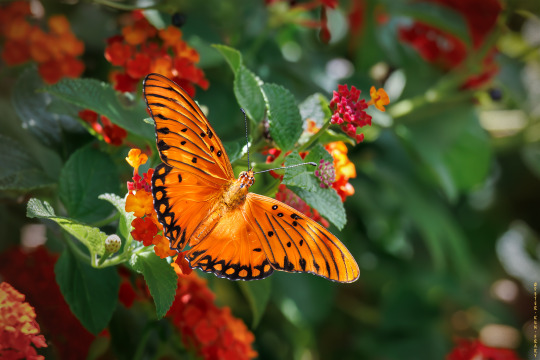
Mr. Fritillary Butterfly sunning his wings
1 note
·
View note
Text
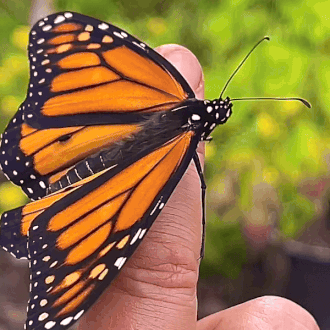
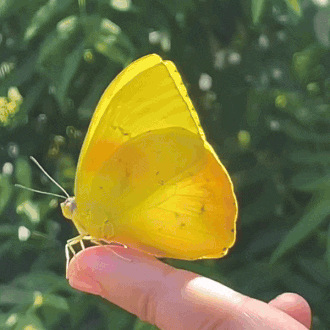

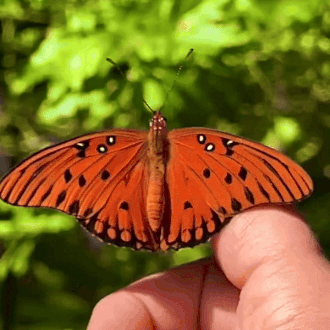

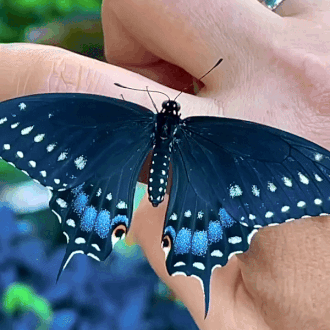


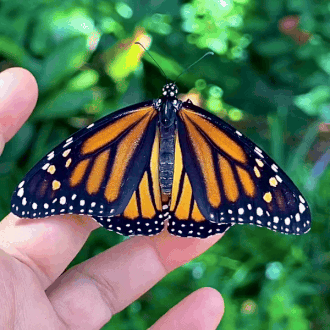
butterflygardeninginspirations on ig
butterflies in order: gifs 1, 3, 5, 7, & 9 are the monarch butterfly (danaus plexippus), orange-barred sulphur (phoebis philea), gulf fritillary (agraulis vanillae), eastern black swallowtail (papilio polyxenes), and another gulf fritillary.
#stim#stimboard#butterflies#bugs#sfw#orange#blue#black#brown#white#green#yellow#animals#insects#wings#hands#nature#plants#monarch butterfly#danaus plexippus#orange-barred sulphur#phoebis philea#gulf fritillary#agraulis vanillae#eastern black swallowtail#papilio polyxenes#ishy gifs#postish
762 notes
·
View notes
Note
https://scp-wiki.wikidot.com/scp-173
Por favor!
String identified:
t #: C-173
ct Ca: c
ca Ctat c: t C-173 t t a c cta at a t. t t C-173' cta, ta 3 a t at a t a t t c t. At a t, t t ata ct ctact t C-173 t a a acat a c t cta.
ct: t t-19 1993. g a t . t ctct cct a a t tac a a at. C-173 aat a t t. T ct cat t a ct gt. gt t t at a t t C-173. ag t t cta a tct t at at g. ct t t attac ag t c at t a t , tagat. t t a attac, a t Ca 4 aa ct ctat c.
t cag t gatg t t cta t . T c a, a a cag t a t t t actg C t.
T tac t a cat c a . g t ata . T c t ca a - a.
Closest match: Boloria selene genome assembly, chromosome: Z
Common name: Small pearl-bordered fritillary

#tumblr genetics#genetics#asks#requests#sent to me#scp#scp-173#scp 173#bugs#insects#butterflies#small pearl-bordered fritillary
436 notes
·
View notes
Text

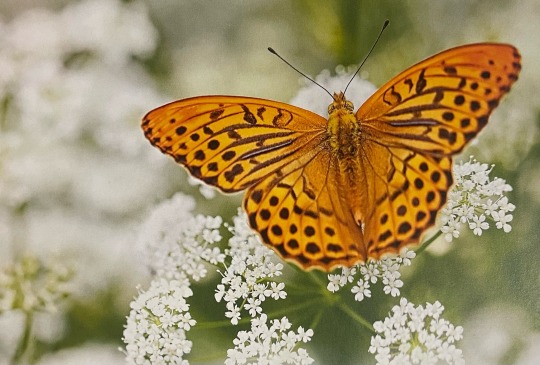
Silver-washed fritillary, Japanese Map Butterfly
2K notes
·
View notes
Text

Marsh Fritillaries (Euphydryas aurinia), family Nymphalidae, and 3 species of Blues , (Polyammatus icarus), (Plebeius anteros), and (Polyammatus eros), family Lycaenidae, İspir, Erzurum , Turkey
photograph by Bahar Bilgen
#butterfly#fritillary#euphydryas#nymphalidae#blue#polyammatus#plebeius#lycaenidae#lepidoptera#insect#animals#nature#europe#middle east
987 notes
·
View notes
Text
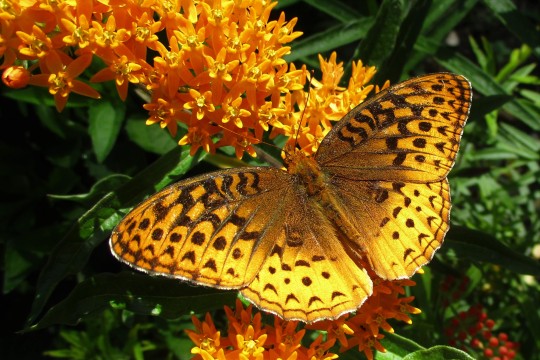
352 notes
·
View notes
Text
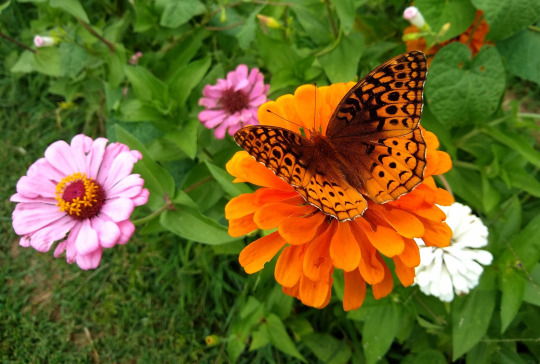
#great spangled fritillary#zinnias#butterflies#flowers#summer#nature#photography#vivienne's photography
189 notes
·
View notes
Text
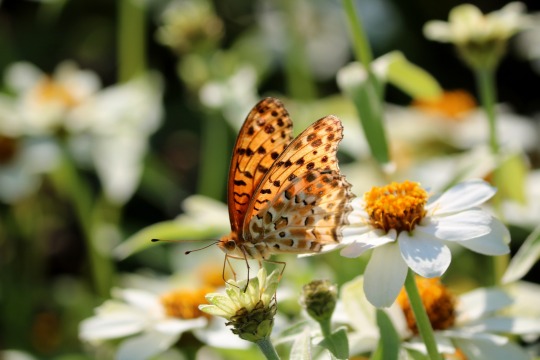
Indian Fritillary (Argynnis Hyperbius)
Kyoto, Japan
#photographers on tumblr#nature#flowers#butterflies#kyoto#japan#botanical garden#animals#insects#indian fritillary#argynnis hyperbius#autumn#fall#zinnia#white#floral#flores#otoño#blanco#original photographers
351 notes
·
View notes
Text
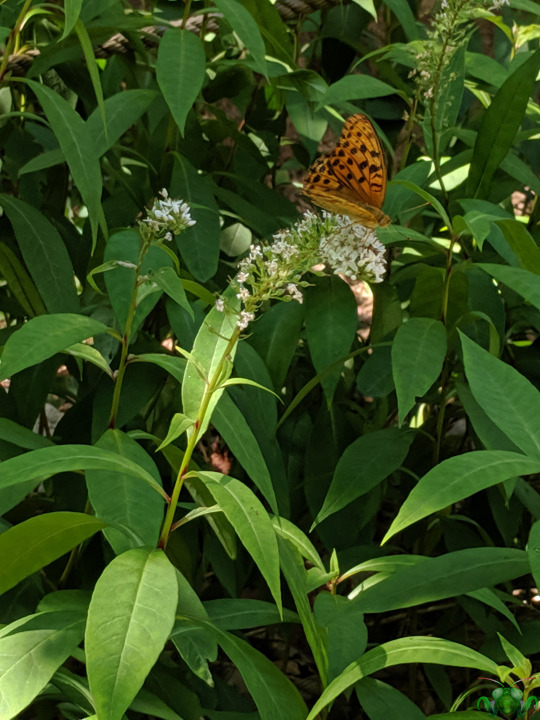

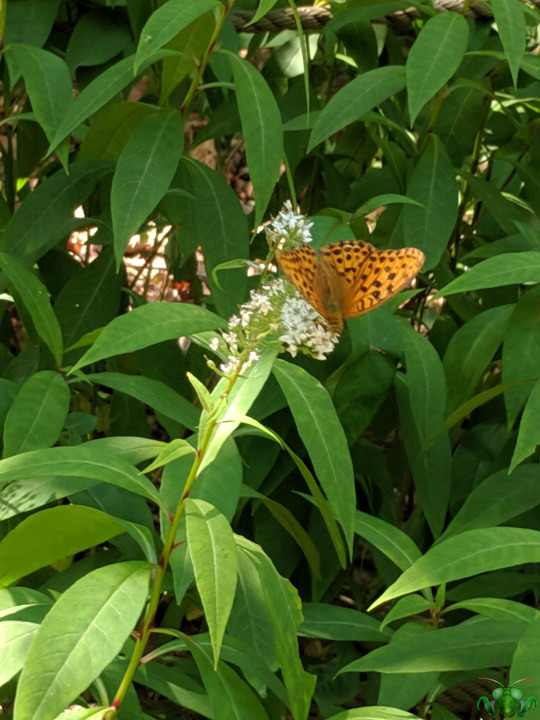
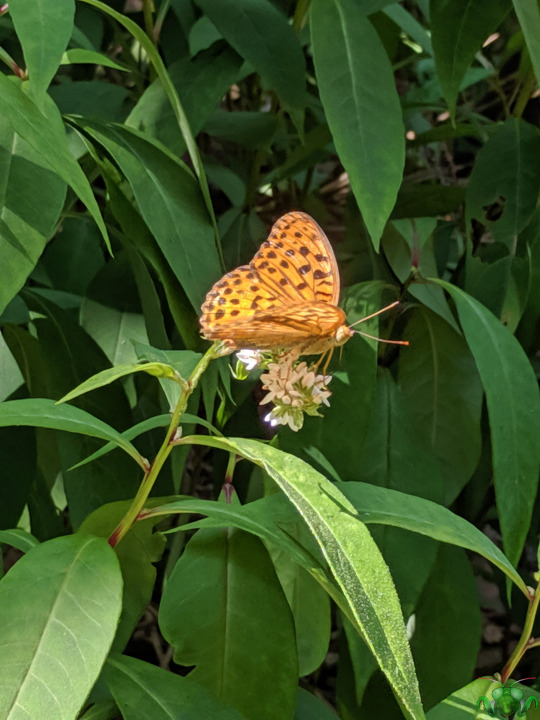

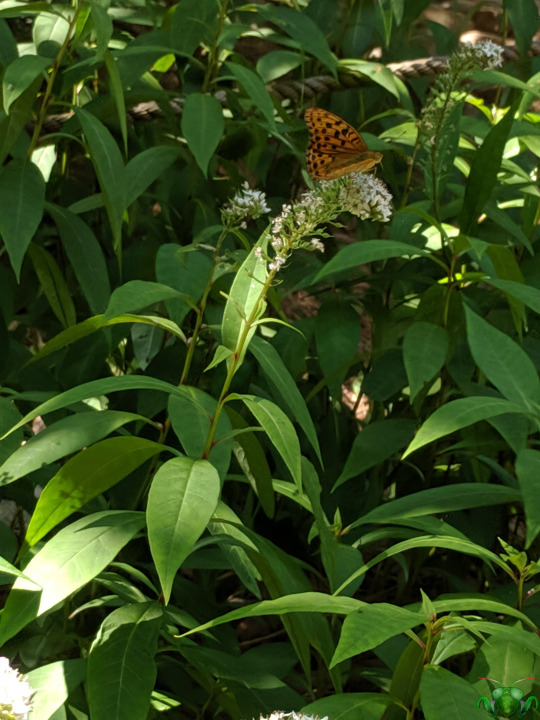
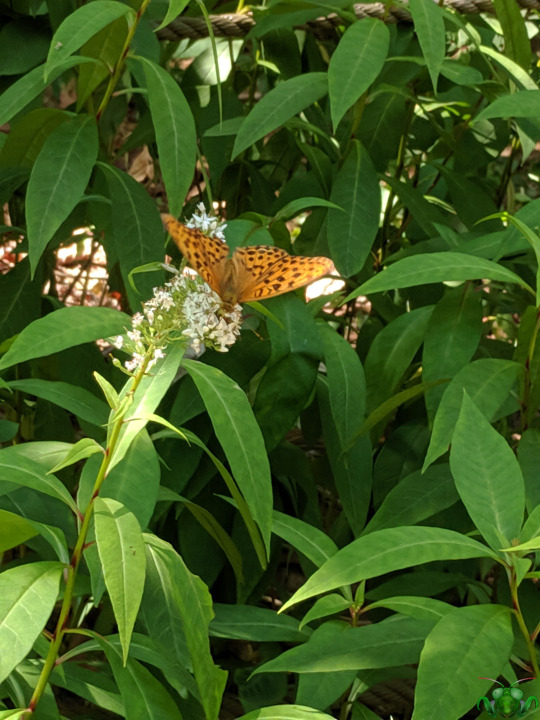
Pallas' Fritillary Butterfly - Argynnis laodice
While researching what specie this Fritillary might be, I learned just how deep the rabbit hole goes for this subfamily of Brush-Foots. There are a multitude of species to discover and many of them share orange-colored wings that are decorated with spots, markings and patterns. As such, they are quite similar to the Pallas Fritillary. This does make them very recognizable as Fritillaries however, especially when contrasted with other orange Butterflies of similar size such as the American Lady or the Eastern Comma. Despite the continental and oceanic distances between habitats, we can see the many similarities between this individual (from South Korea) and the only other image I have of a Fritillary Butterfly; that being a male Great Spangled Fritillary (Speyeria cybele) from High Park. Taken from the lone split second of probing the milkweed flowers before flying off into the distance. Looking at them both, they share the ornate orange and black wings; and the latter specimen reveals that the underside of the wing is vastly different with white spots versus black streaks and dots.

Though barely visible, an underside glimpse of the Pallas' Fritillary's hindwing can be seen, revealing the different patterns relative to topside of the wings as a whole. Images I've found describe an orange section of hindwing that becomes divided by a border of white spots into a section of fading red, but this specimen is more faded. Alternatively, the pattern may be different depending on the range A. loadice occupies or the particular subspecie that is observed. I can't narrow it down to a subspecie, and deciding on the specie alone was tough enough. Without the live specimen, I focused mainly on the wings to identify it, but after staring at the wings of tropical Asian Fritillary Butterflies that have a range in Korea, the patterns all begin to blur together. The deciding factor for this magnificent find was the pattern arrangement at the top of the forewing combined with a "Ƨ" arrangement of spots on the hindwing (see Picture 4) towards where the wings connect to the thorax. It's a bit of a longshot, but with only a fleeting glimpse it's the best match for now. I may revisit this specie again if I can find a North American Fritillary to photograph. If you plan to go looking, always check the flowers and hope that it isn't too skittish for a photo.
The Pallas' Fritillary pictures were taken on July 8, 2019 in South Korea with a Google Pixel from Sarali's yearlong trip of Asia. The supplementary Great Spangled Fritillary was taken on August 18, 2016 in High Park with a Samsung Galaxy Glide.
#jonny’s insect catalogue#insect#butterfly#pallas fritillary#fritillary butterfly#brush footed butterfly#lepidoptera#korea#south korea#2019#july2019#nature#entomology#great spangled fritillary#high park#ontario insect#august2016#2016#asia insect#invertebrates
3 notes
·
View notes
Text

Sarah Fairchild (American, 1972), Phlox and Fritillaries, 2023. Acrylic, silkscreen, metallic foil, nylon flocking on paper, mounted on panel, 45 1/2 × 35 1/2 in.
258 notes
·
View notes
Text
@lorianlilsiel submitted: Found this little guy in the [removed] area (please remove location) and wondered what he'll turn into!
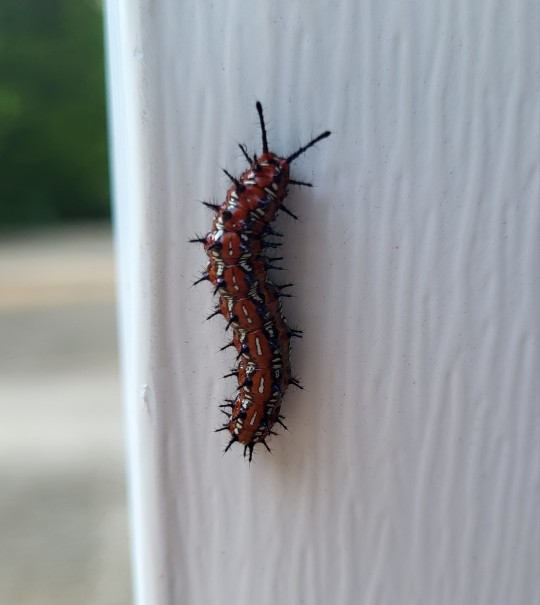
What a fancy, fashionable child! Looks like a variegated fritillary caterpillar. Here's an adult:
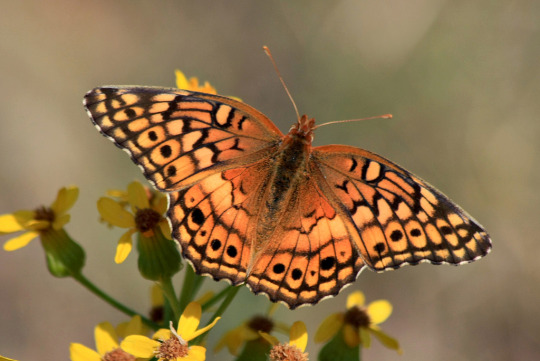
Photo by Ken Slade
203 notes
·
View notes
Text

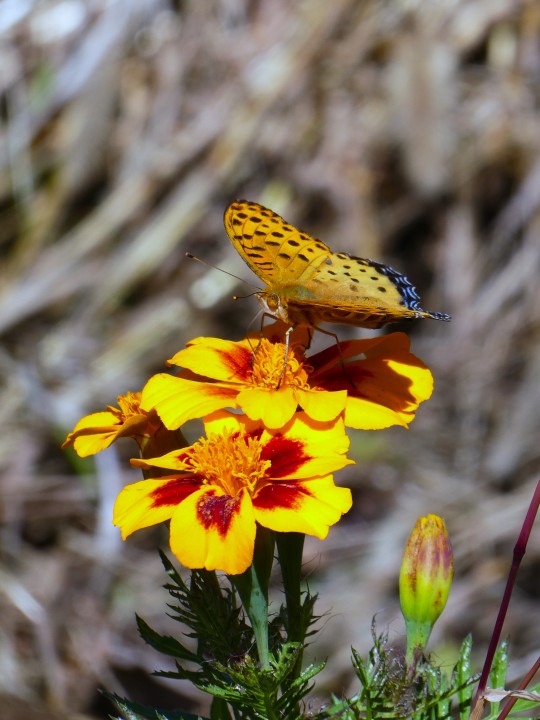

Indian Fritillary and Marigold
116 notes
·
View notes
Text







"Hello, We are Pallas' fritillary! We love Asteroideae, Thistle, Hyssop and Marigold (✿◕ㅅ◕✿)♥️ and there is 1 male among us"
흰줄표범나비 (I like this name more than 'Pallas' fritillary' tho) [Argynnis laodice]
#photographers on tumblr#original photographers#my photography#lensblr#photography#insect photography#wildlife photography#macro photography#nature photography#flower photography#nature#naturecore#insect#butterfly#butterflies#bugblr#nymphalidae#fritillary#entomology#orangecore#aww so cute#so precious#if you find male you have one hell of hawk eyes#noai#no ai#no to generative ai
59 notes
·
View notes
Text

Meadow Fritillary
2K notes
·
View notes